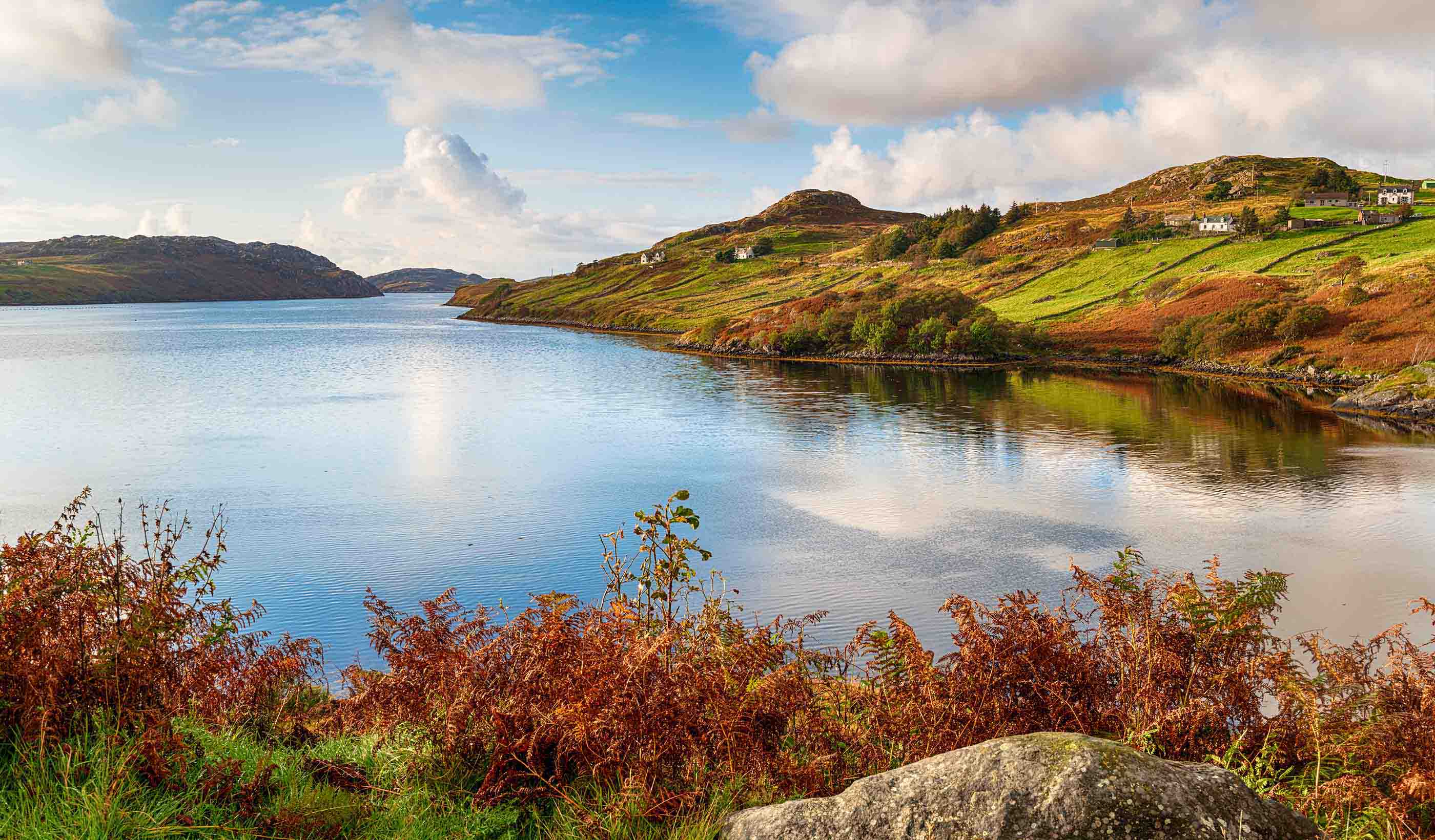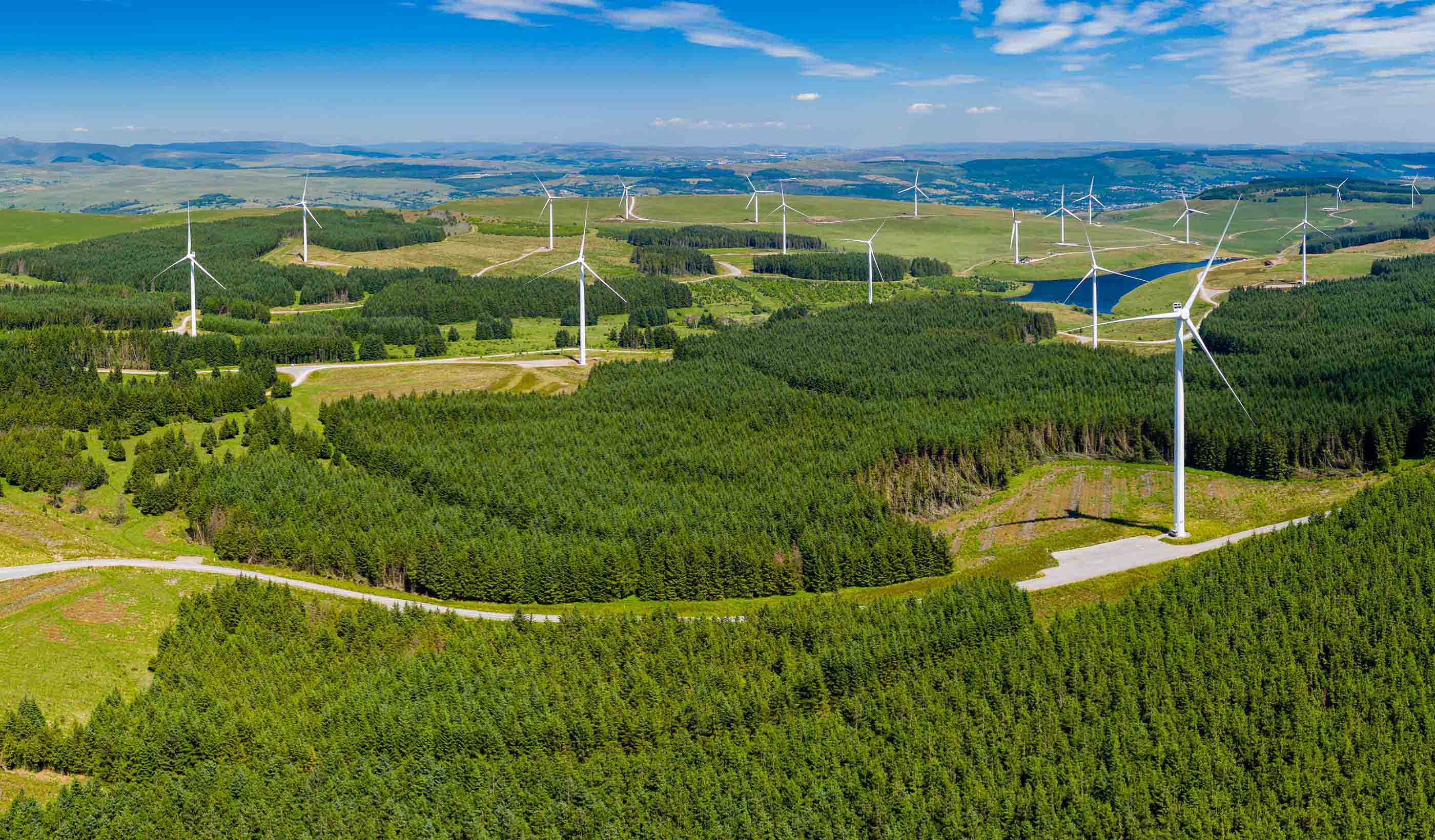Best places to produce hydrogen? Look at a topographic map
October 25, 2021
October 25, 2021
Understanding geography will be critical to a renewable future
All industrial revolutions start with the same catalyst: Energy.
In the United Kingdom, coal shaped the industrial landscape for the first and second industrial revolutions. The national grid—the UK’s high-voltage electric power transmission network that distributes power to the south of the country—defined the third. And the fourth? We’ll see a seismic shift in energy generation as we aim for net zero targets.
But behind all of this is geography. Physical geography has defined economic geography for decades. For this fourth revolution, not only should we look at geography but also the impacts of climate change and how it will physically alter how and where we live.
The UK has set its sights on a hydrogen economy—one that can target a ubiquitous use of hydrogen across sectors from heating homes to decarbonizing transport and industry. But what the current strategy doesn’t consider is our geography and resources. Our capability to replace fossil fuels with hydrogen can be seen on a topographic map—in the lay of our lands, water bodies, and renewable energy sources.

For the UK to reach a capability to replace fossil fuels with hydrogen, we need to understand its geography of water bodies and renewable energy sources.
The largest energy demands in the UK are the heavy industries and transport. Both sectors are also fossil fuel hungry. Replacing fuels used by industrial clusters in the North East, North West, South Wales, Scotland, and Midlands will be challenging. The aviation and haulage sectors alone will require replacing over 300 terawatt-hours (TWh) of fossil fuel use.
Hydrogen has an energy density far greater than fossil fuel energy—meaning it can store a greater amount of energy in its mass. Generating hydrogen at that scale will require more than double the 300TWh in renewable energy capacity currently available. It will also require replacing fossil fuel use and a significant amount of fresh water. These are not easy energy demands to meet.
Green hydrogen generation is water intensive. This is putting the fledgling industry in competition for resources against the future industrial, agricultural, and population growth needs. Currently, these areas use 10.4 billion cubic metres of water per year—that’s more than 10 trillion litres or 800,000 Olympic swimming pools worth of water! This is putting a huge amount of pressure on several regions in a water balance deficit, especially within industrial clusters.
The UK may be an island nation surrounded by water. But to produce hydrogen, we need clean water. Industrial clusters on the east or south coasts earmarked for hydrogen production will either need to pump clean water from its source or desalinate their own water supply. This puts even more pressure on our electrical supply.
To produce our hydrogen, we need to shift our focus to the map.
From Cumbria’s lakes to Scotland’s lochs, the UK is home to hundreds of large water bodies. To replace fossil fuels with hydrogen, we will need to extract water from geographies that have both a net-positive water balance and an ample supply of renewable power. Because of their abundance of both of water and renewable energy, the Highlands and Islands, Central Scottish Belt, Cumbria and Lancashire, Wales, and the South West become increasingly important to our national decarbonization agenda.
It’s no coincidence these areas are the wettest parts of our rain-soaked country. The greatest opportunities for generation are defined by our geography. To get the very best out of our natural resources, large-scale renewable energy infrastructure must be built in geographic proximity to a water supply.
But these geographies have high-value protected landscapes. Will environmental protection ironically stymie decarbonization plans?

The UK will need to build large-scale renewable energy infrastructure close to a fresh water supply.
To deliver the ubiquitous use of hydrogen planned by the UK Government Hydrogen Strategy, we will need exceptional public and private sector investment to industrialize rural areas.
This weight of hydrogen could potentially fully decarbonize parts of the UK’s fossil fuel use—but not all of it. The limits of spatial capacity for delivering heavy industrial hydrogen generation, and the simple limits on water resources, will limit hydrogen’s applications.
Hydrogen is not the silver bullet for all sectors that use fossil fuels. Without major investment in alternative carbon-based hydrogen generation, or connecting to a global supply chain, the UK resources cannot simply do it all.
The UK’s current hydrogen strategy has ambitious targets. But there is a disconnect between the wish for multisector decarbonization and the reality of available resources. Developing an economy with universal use of hydrogen is not going to work, as striving to be self-sufficient in hydrogen for one use is a challenge in itself.
To produce our hydrogen, we need to shift our focus to the map. The Northern, South West, and Scottish economic geographies have an abundance of hydrogen’s vital ingredients. Like the first and second industrial revolutions, our economy might shift to where the energy is—the highlands, lakes, lochs, and channels